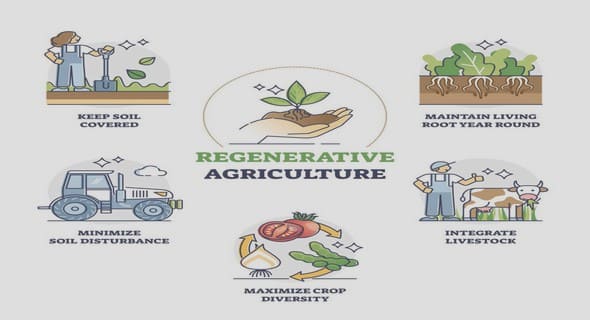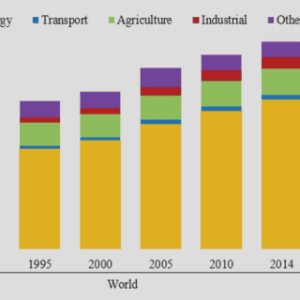(Downloads - 0)
For more info about our services contact : help@bestpfe.com
Table of contents
Chapter 1 : Literature review
1. Position of Europe and France in the world’s wheat production
2. Wheat Consumption and end use
Wheat type and Classes
Wheat consumption
End-uses
3. Genetics, wheat genetic improvement and wheat grain quality
3.1 Genetics and Wheat genetic improvement
Marker-assisted selection (MAS)
3.2 Wheat grain quality
Grain hardness
Starch
Proteins
4. Wheat grain : Development, structure and constituents
4.1 Grain development
4.1.1 Growth stages from Germination through Maturation
4.1.2 Endosperm development
4.2 General structure and major chemical components of wheat grain
4.2.1 Wheat grain structure
4.2.2 Major chemical components of wheat grain
Macronutrients
Micronutrients
4.3 Vitamins
4.3.1 Definition and classification of vitamins
4.3.2 Thiamin (Vitamin B1)
Chemical properties and biochemical functions
Biosynthesis
Dietary sources and bioavailability
Syndromes caused by Thiamin deficiency
4.3.3 Riboflavin (Vitamin B2)
Chemical properties and biochemical functions
Biosynthesis
Dietary sources and bioavailability
Syndromes caused by Riboflavin deficiency
4.3.4 Niacin (Vitamin B3)
Chemical properties and biochemical functions
Biosynthesis
Dietary sources and bioavailability
Syndromes caused by Niacin deficiency
4.3.5 Pantothenic acid (Vitamin B5)
Chemical properties and biochemical functions
Biosynthesis
Dietary sources and bioavailability
Syndromes caused by Pantothenic acid deficiency
4.3.6 Pyridoxine (Vitamin B6)
Chemical properties and biochemical functions
Biosynthesis
Dietary sources and bioavailability
Syndromes caused by Pyridoxine deficiency
4.3.7 Vitamin A and Carotenoids
Chemical properties and biochemical functions
Biosynthesis
Dietary sources and bioavailability
Syndromes caused by vitamin A deficiency
4.3.8 Vitamin E
Chemical properties and biochemical functions
Biosynthesis
Dietary sources and bioavailability
Syndromes caused by vitamin E deficiency
5. Approach to improve wheat vitamin content
5.1 Influence of growing conditions, genetic and processing on nutritive value
5.1.1 Growing conditions
5.1.2 Grain selection and genetic approach
5.1.3 Influence of processing
Fractionation processes
Breadmaking
5.2 Analytical methods for the determination of water-soluble and fat-soluble vitamins and carotenoids
5.2.1 The Water-soluble vitamins
Extraction methods
Methods of analysis
5.2.2 The Fat-soluble vitamins and carotenoids
Extraction methods
Methods of analysis
References
Chapter 2 : Aims
Chapter 3 : Methodologies
1. Development of a LC-MS/MS method for the simultaneous screening of 7 water-soluble vitamins in processing semi-coarse wheat flour products
2. Change in B and Fat-soluble vitamin contents in industrial milling fractions and during toasted bread production
3. Effects of environment and variety on B and Fat-soluble vitamin contents in a worldwide bread wheat core collection and association study
Chapter 4 : Development of a LC-MS/MS method for the simultaneous screening of 7 water-soluble vitamins in processing semi-coarse wheat flour products (Publication n°1)
1. Introduction
2. Results and Discussion
3. Conclusion
4. References
Chapter 5 : Change in B and E vitamin and Lutein, β-sitosterol contents in industrial milling fractions and during toasted bread production (Publication n°2)
1. Introduction
2. Results and Discussion
3. Conclusion
4. References
Chapter 6 : Effects of environment and variety on B and E vitamin and Lutein, β-sitosterol contents and quality traits in 195 bread wheats in a worldwide core collection (Publication n°3)
1. Introduction
2. Results and Discussion
3. Conclusion
4. References
Chapter 7 : Association study for the B and E vitamin and Lutein, β-sitosterol contents of flour in a worldwide bread wheat core collection (Publication n° 4)
1. Introduction
2. Results and Discussion
3. Conclusion
4. References
Chapter 8 : Conclusion and Perspectives
1. Evaluation of the developed analytical method
1.1 General conclusion
1.2 Perspectives about improving techniques
2. Evaluation of food processing on vitamin contents and bioavailability
2.1 General conclusion
2.1 Perspectives about grain processing
3. Evaluation of the core collection in term of agronomic and nutritional traits
3.1 General conclusion
3.2 Genetic and agronomic perspectives
4. Evaluation of the core collection for association analysis of nutritional traits
4.1 General conclusion and perspective
5. Conclusion




